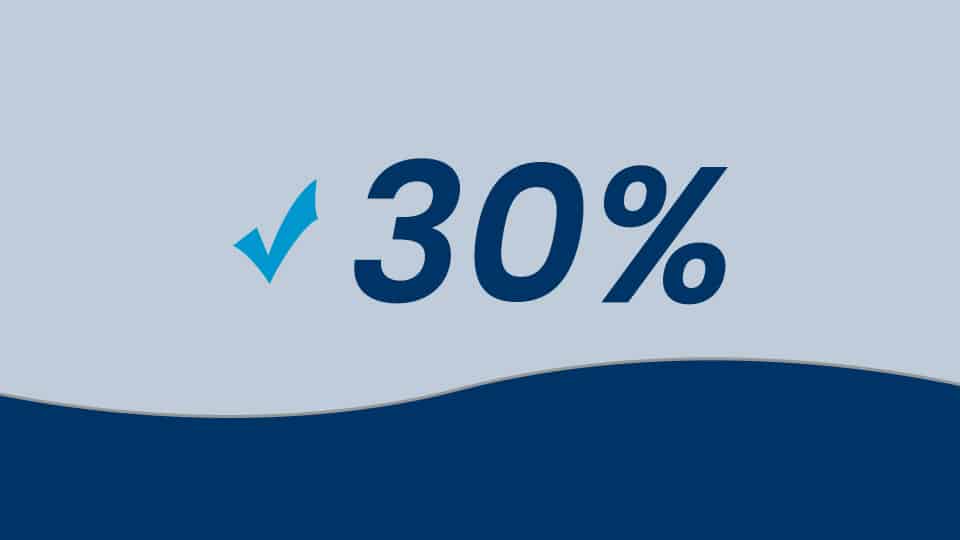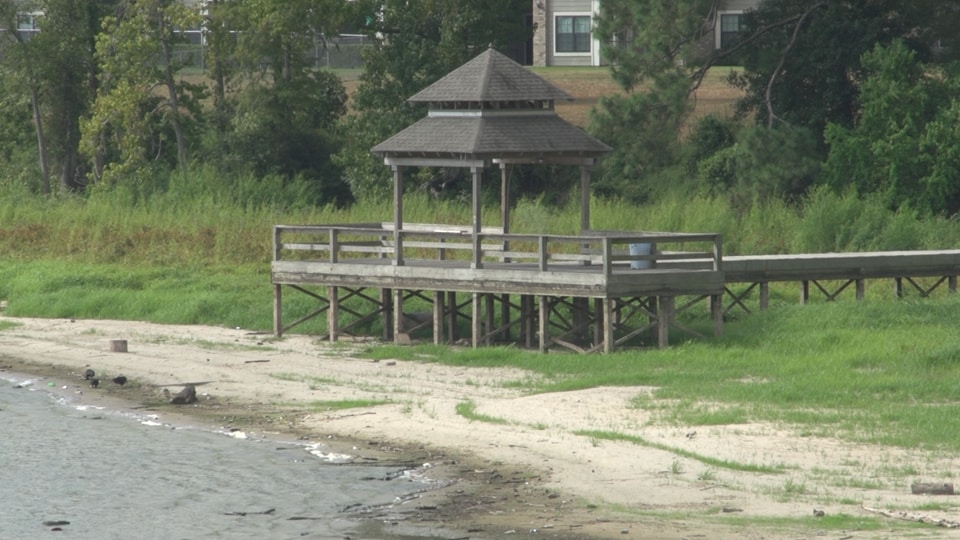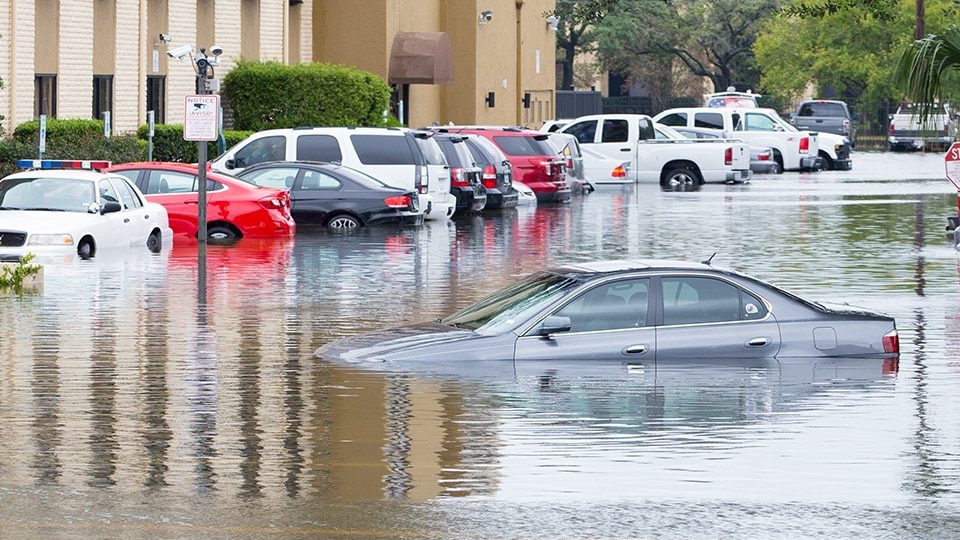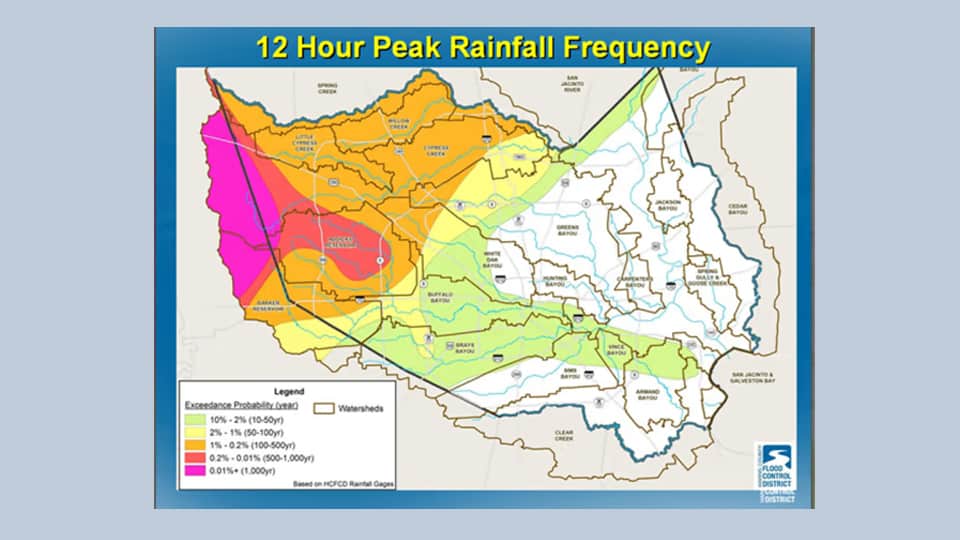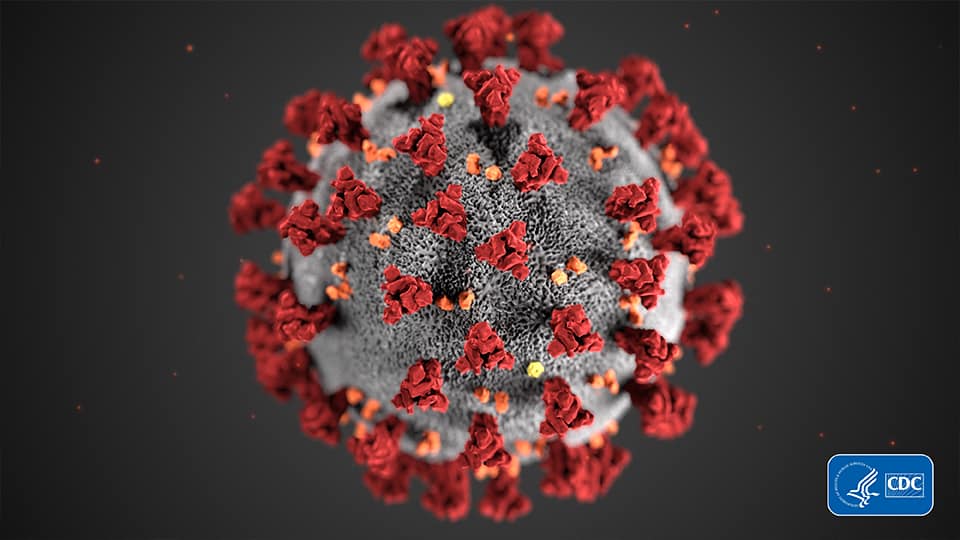The Mandate
In 1999, the Harris-Galveston Subsidence District (HGSD) extended their surface water conversion mandates northward and issued a regulatory plan that included a phased mandate for Northwest Harris County area to convert the groundwater usage to alternate sources, namely surface water.
During the same year, the Texas Legislature passed House Bill 2965, creating the North Harris County Regional Water Authority (NHCRWA). At the time, the area encompassed approximately 160 utility districts with 320 regulated groundwater wells, 2 cities, and a quarter-million residents.
With the exception of some local interconnect agreements, these 160 entities are independent, not linked together, making it virtually impossible for them to make the conversion to surface water on their own. As required by the enabling legislation, a special election was held in January 2000, and the Authority was overwhelmingly approved by the voters. Board members were elected to represent the five voting districts with staggered four-year term.
Primary Mission
The primary mission of the NHCRWA was to secure a long-term supply of quality surface water and to facilitate the transition to surface water in compliance with HGSD requirements. The mandate required a 30% reduction of groundwater usage by 2010, 60% reduction of groundwater usage by 2025, and an 80% reduction of groundwater usage by 2035.
Securing a long-term supply of surface water
The new board hired a legal firm to help chart the course, an engineering firm to handle overall project management, and a general manager to tie it all together. Then came the daunting challenge of figuring out where to get the water that would be needed to take nearly 30 million gallons of water a day out of the mix by 2010. The second hurdle would be negotiating a fair and firm price for a long-term supply.
Back then, the most logical supply option was the City of Houston, but early negotiations proved difficult. The asking price for water that they would consider selling us seemed much too high. The Authority began shopping around for alternate water sources, looking everywhere and considering many options — the Brazos River, the Trinity River, importing water from other counties, even using desalinated water that a Saudi firm proposed to provide. At the same time, talks with the City continued but to no avail.
The board narrowed in on a potential source of water rights on the Brazos River, owned by the International Paper Company at Chocolate Bayou. This wasn’t the perfect option, but a tentative contract was signed that hinged upon favorable results of a study to determine long-term reliability and availability, which did not materialize. Negotiations began in earnest. The board ultimately signed a contract with the City of Houston to pay for the initial surface water rights and then forge an agreement regarding ownership and participation in the expansion of the City of Houston’s Northeast Water Treatment Plant on Lake Houston.
How will we pay for it
Once securing the source of water, was resolved, the next challenge was to develop a comprehensive groundwater reduction plan and get it submitted for approval by the HGSD on time. Hovering in the background was the specter of how the Authority would pay for everything. The Authority had not been given taxing authority by the Legislature, but did have the ability to sell bonds without a vote by constituents after a public hearing and approval by the board of directors.
The enabling legislation allowed the NHCRWA to charge a groundwater pumpage fee to all well owners within its boundaries, and to set rates for the surface water the Authority would eventually be selling. From the very beginning, the board of directors promised to keep the price of water as low as possible for as long as possible. Just months after the first board meeting, the campaign began to educate folks on how to conserve water and control, to the extent possible, how rapidly their water bills would be increasing.
Construction begins
During the first few years, more than 25 town hall meetings were held at venues throughout the NHCRWA boundaries, inviting public interaction and dialogue. The NHCRWA board members made hundreds of presentations to church groups, civic associations, chambers of commerce, realtor groups, educators — in fact — to anyone who would listen.
By 2005, construction of the new water infrastructure had begun. The EPA had a surprise for about a dozen of the utility districts, requiring them to accelerate compliance with the significantly reduced amount of arsenic allowed in their water systems. This regulatory dilemma turned out to be an opportunity in disguise.
Rather than allowing the districts to drill new wells, the Authority developed an innovative program, the Groundwater Transfer Plan, where districts with surplus capacity could share water with those needing arsenic-free water. This helped meet the EPA deadline for the affected districts and got miles of distribution lines constructed ahead of time. The Authority sold bonds, and the task of actually building a total, new water distribution system was underway.
The City of Houston, with the Authority as a major partner, built the water treatment plan. When the City of Houston began to plan for a waterline to Intercontinental Airport and the Greenspoint area adjacent to the Authority’s boundary, a deal was cut to increase the size of the pipe and to share their pipeline capacity. This would enable the Authority to transport the water needed for the first 20 years. This partnership saved NHCRWA nearly $15 million.
The 2010 mandate was met
Negotiations to acquire rights of way progressed for construction of nearly 100 miles of waterline. A new storage facility and pump station were constructed. Interface began with the individual utility districts, converting their systems to accommodate the city’s treated surface water. By 2009, most of the construction of the 2010 conversion system had been completed, connecting 60 utility districts to the system, and the Authority began pumping surface water to them.
The utility districts were asked to use their groundwater wells only to meet any excess demand or to use just enough to keep them operable. This process would ensure a reliable backup source in case anything ever went wrong with the surface water supply. Preparing for compliance with the Subsidence District’s 2010 conversion mandate demonstrated what can be accomplished with adequate funding, experienced and skilled contractors supported by cooperation with the MUDs that would be served in the initial conversion phase, and the thousands of residents within the Authority’s boundaries.
The 2010 mandate of converting over 30% of our groundwater usage to surface water was met. However, there’s wasn’t enough water to meet the 2025 mandate and beyond — so the next challenge was to get more water into the San Jacinto River basin.
Luce Bayou Interbasin Transfer Project
An alliance of regional water providers teamed up to initiate the Luce Bayou Interbasin Transfer Project with the capacity to bring raw water from the Trinity River to Lake Houston and the city’s northeast Water Purification Plant. The partners include the City of Houston, North Harris County Regional Water Authority, West Harris County Regional Water Authority, Central Harris County Regional Water Authority, North Fort Bend Water Authority, and the Coastal Water Authority. The Luce Bayou Interbasin Transfer was completed in 2021 and became a vital component in the conversion process.
Northeast Water Purification Plant Expansion Project
Once water from the Trinity River was introduced into Lake Houston, a huge water purification plant was necessary to treat the expanded supply. The regional water authorities, in partnership with the City of Houston, once again teamed up to share those costs and get the project done and saving as much money as possible in the process.
Water Distribution and Transmission System
In addition to the partnered construction projects, the Authority will also incur costs to build more infrastructure to receive and deliver water treated at the Northeast Water Purification Plant to the MUDs/water providers within the Authority’s boundaries. This includes three major pump stations and constructing over 400 miles of water transmission and distribution lines to connect additional Municipal Utility Districts.
This massive investment is not only for our future, but the future of our children and more importantly, the future of our grandchildren.
-
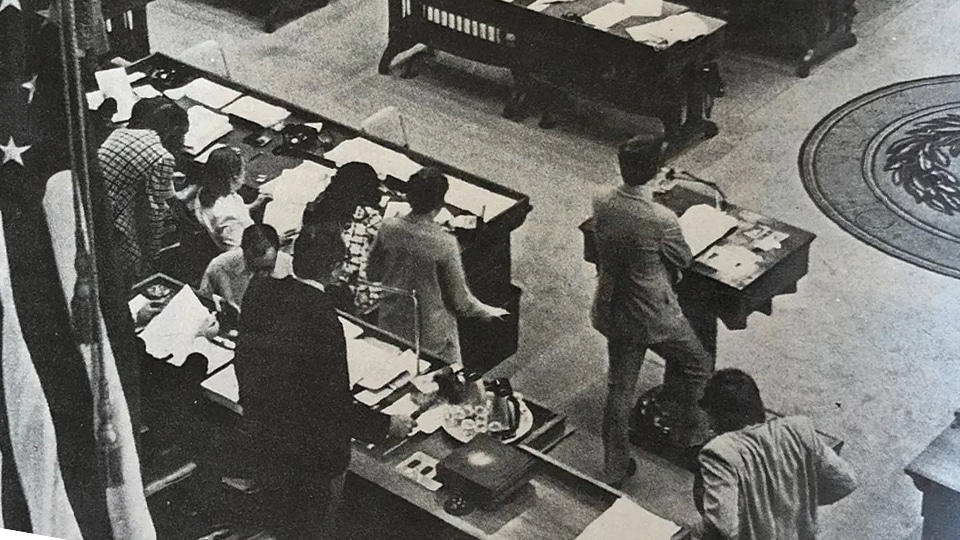
HGSD Established
HGSD established by the Texas Legislature
-
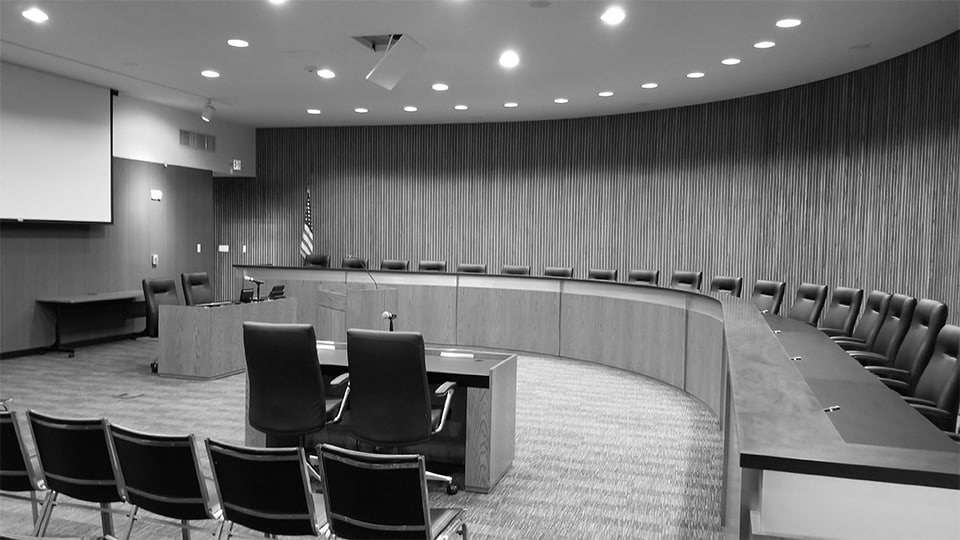
HGSD Regulatory Plan
On April 14, 1999 the Harris-Galveston Subsidence District adopted a […]
-

NHCRWA Created
On June 18, 1999, George W. Bush, the Governor of […]
-

Voters Approve
Voters confirmed the creation of the North Harris County Regional […]
-
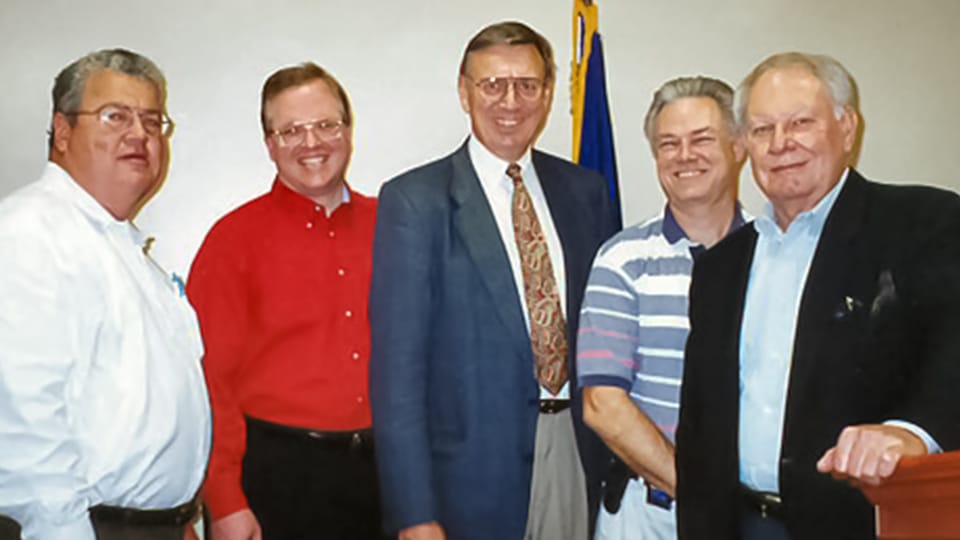
Original Board
Voters approved NHCRWA’s original board members that were elected to […]
-

Ed Shackelford GM
General Manager June 2000 to January 2003
-
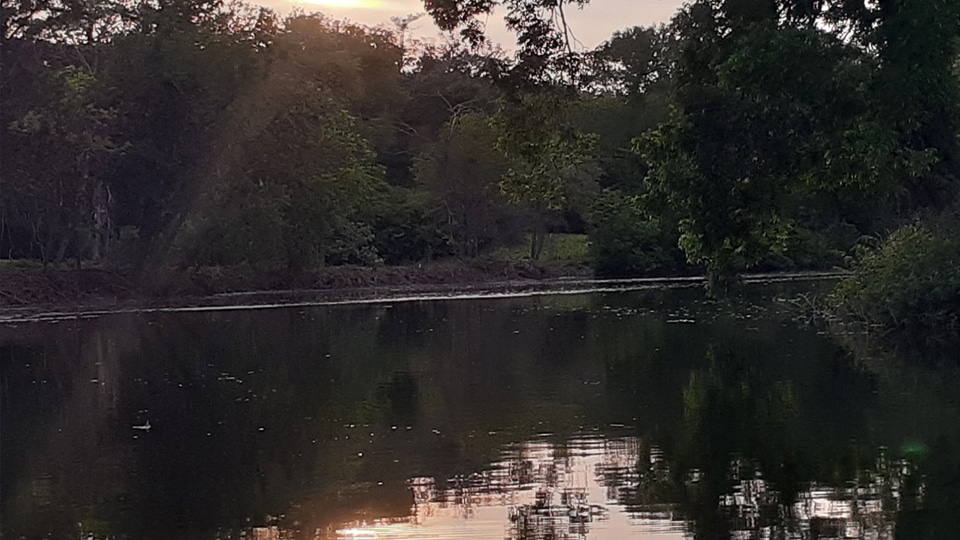
Chocolate Bayou
Entered into Agreement with Chocolate Bayou
-
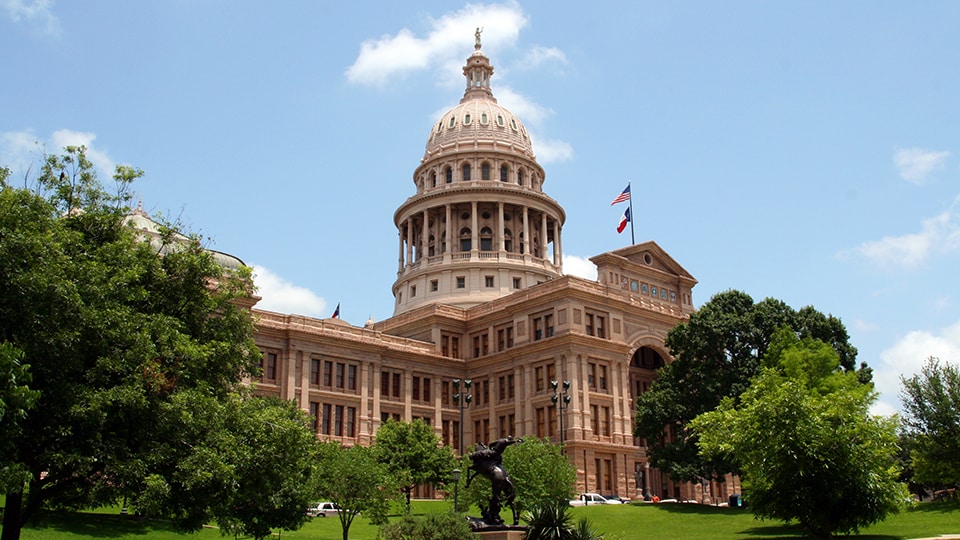
SB 2 & SB 1444
Passage of SB2 and SB 1444: Provisions needed by the […]
-
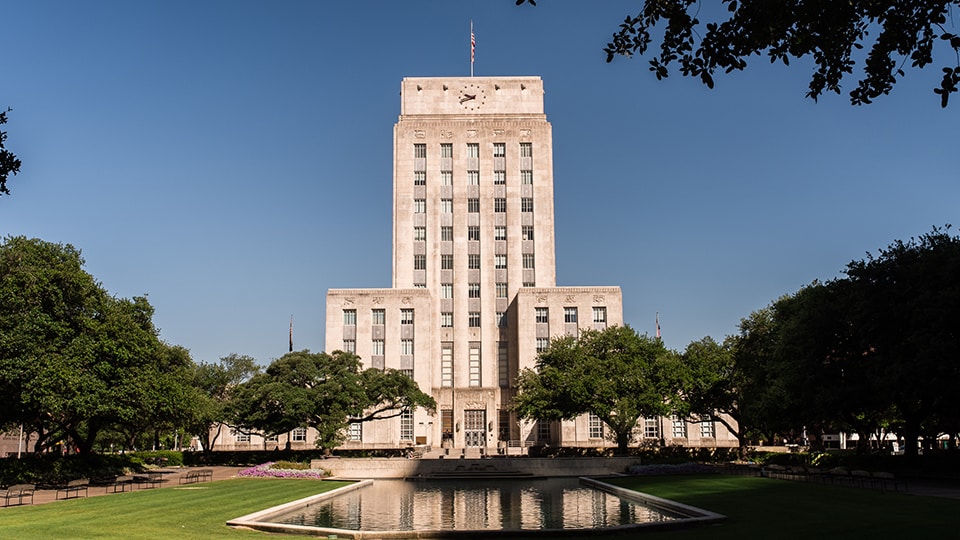
COH Talks Begin
The City of Houston approached the Authority regarding an Agreement.
-
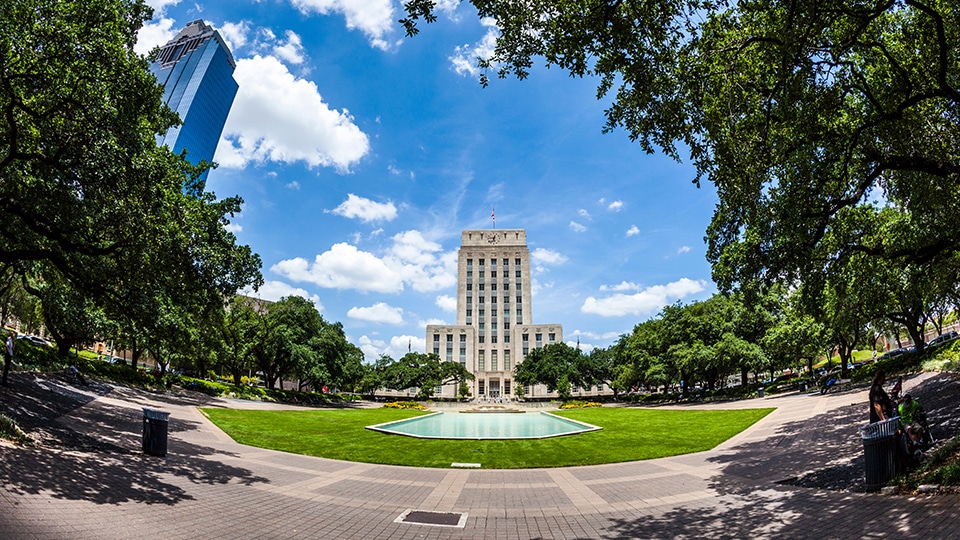
COH Agreement
The Authority signs agreement with the City of Houston
-
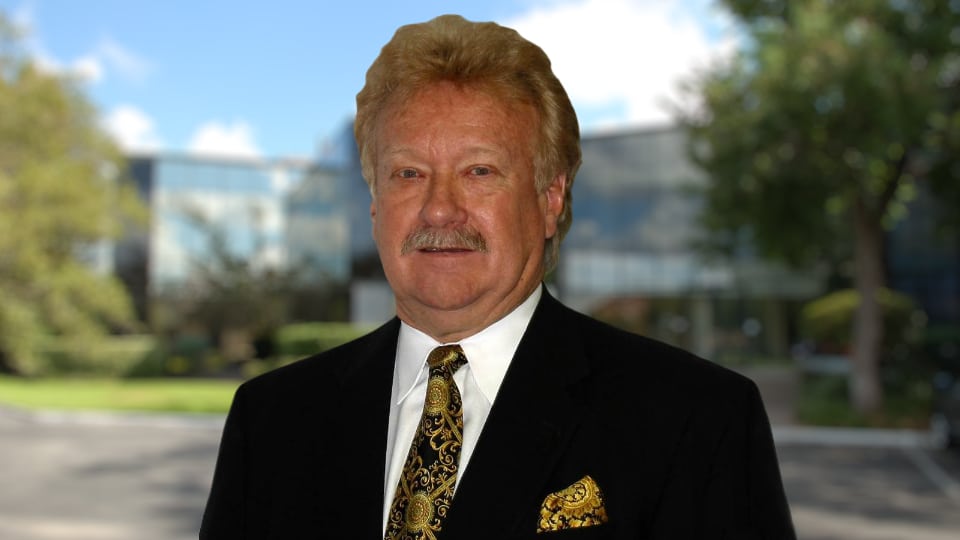
Jimmie Schindewolf GM
General Manager January 2003 – December 2020
-
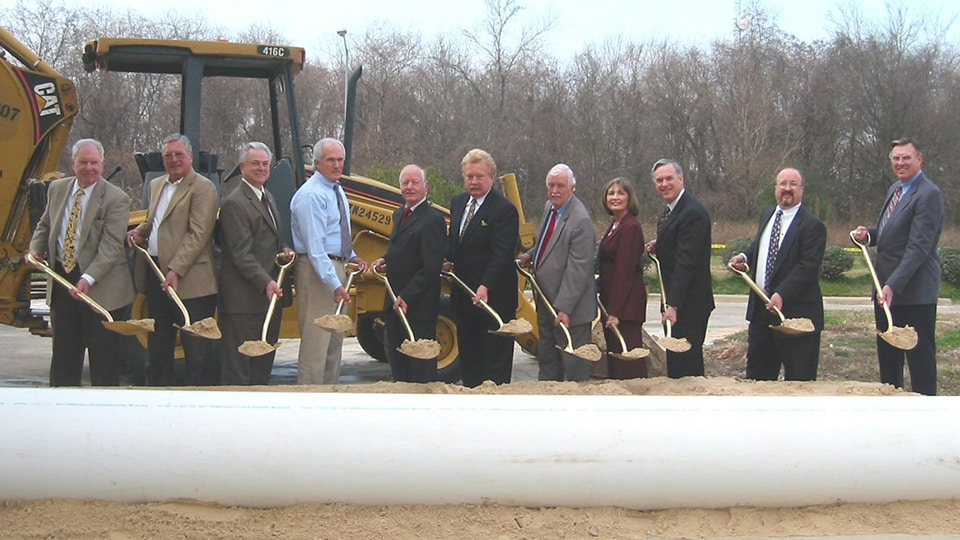
Groundbreaking
Groundbreaking on first project
-
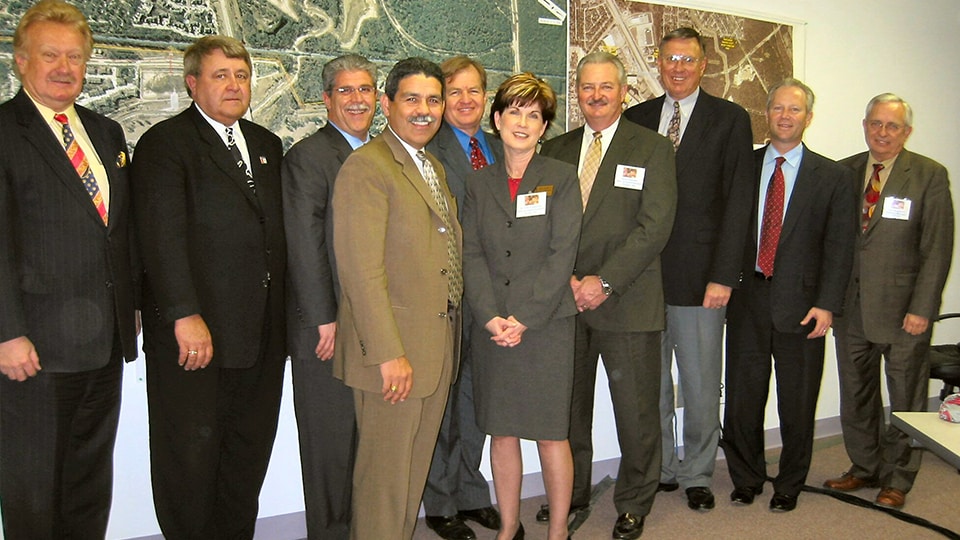
Superintendents
Workshop with School Superintendents
-
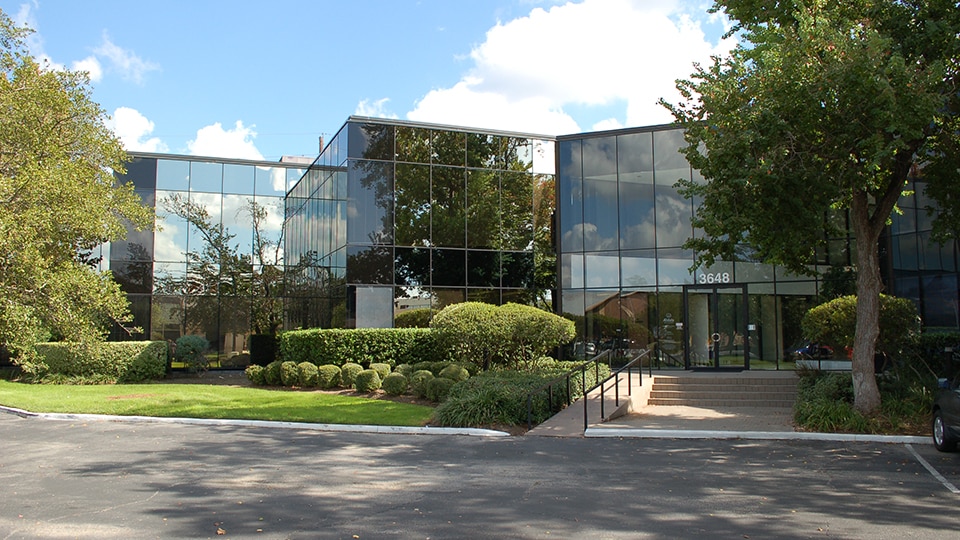
GTP Complete
Groundwater Transfer Program Complete Authority makes up supply deficits. System […]
-
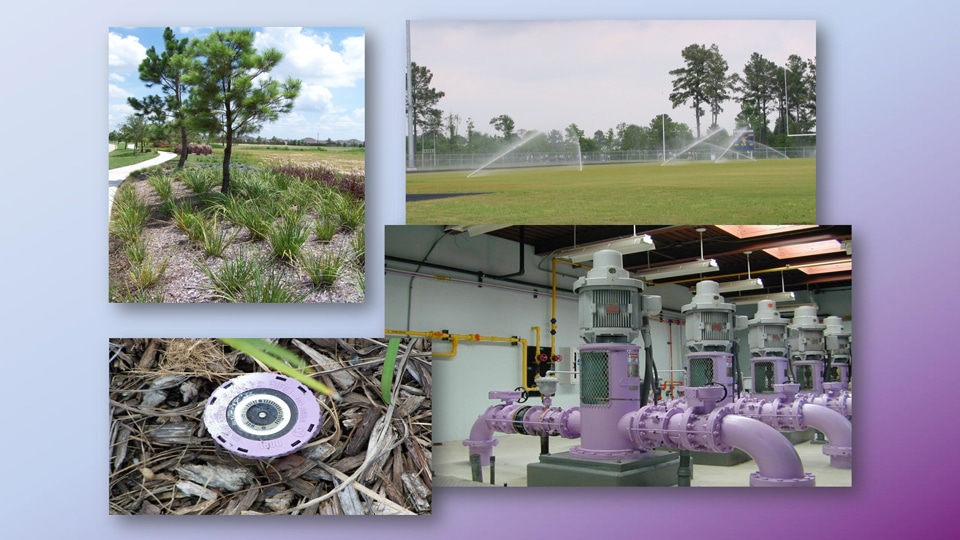
Reuse Incentive Program
NHCRWA adopts Reuse Incentive Program
-

Incentive Program
Alternative Water Use Incentive Program
-
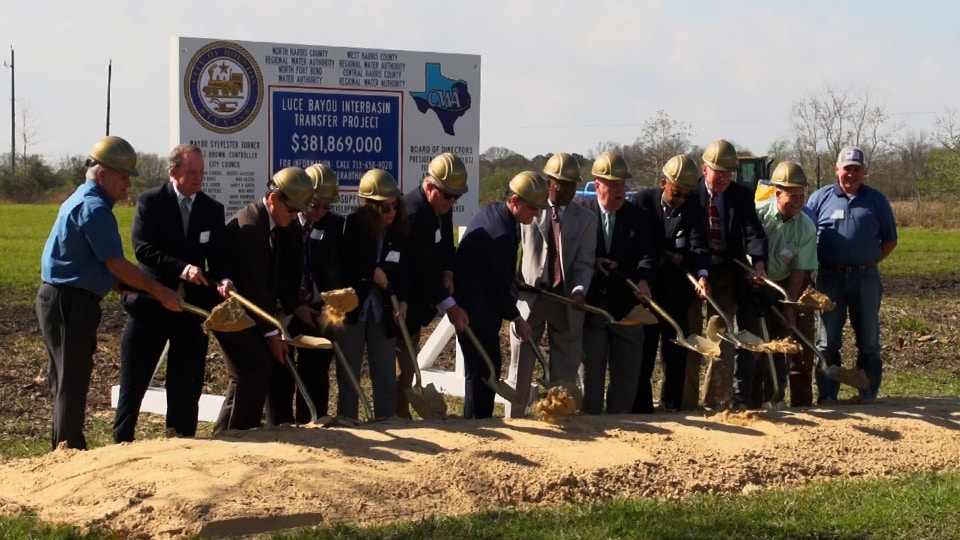
LBITP Groundbreaking
Groundbreaking of the Luce Bayou Interbasin Transfer Project (LBITP) was […]
-
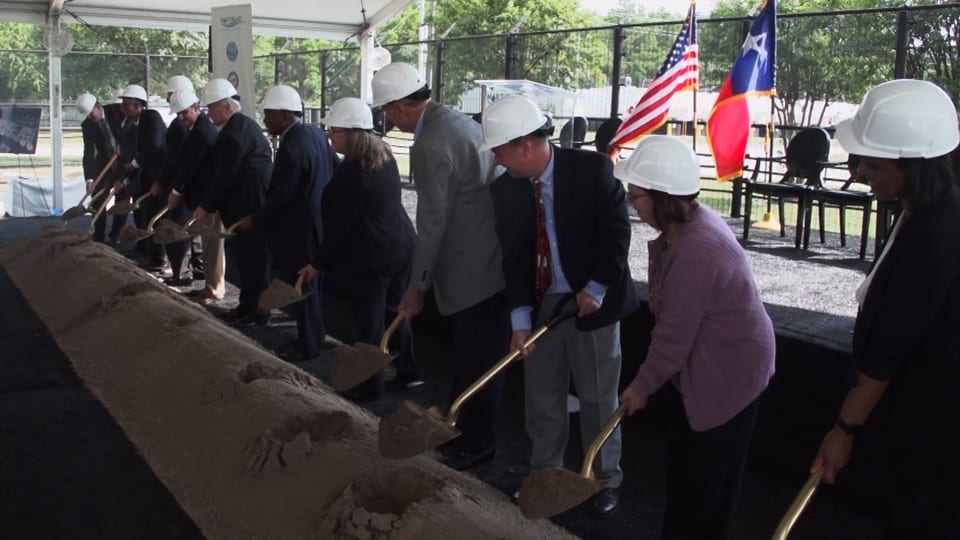
NEWPP Groundbreaking
Groundbreaking of the Northeast Water Purification Plant Expansion Project was […]
-
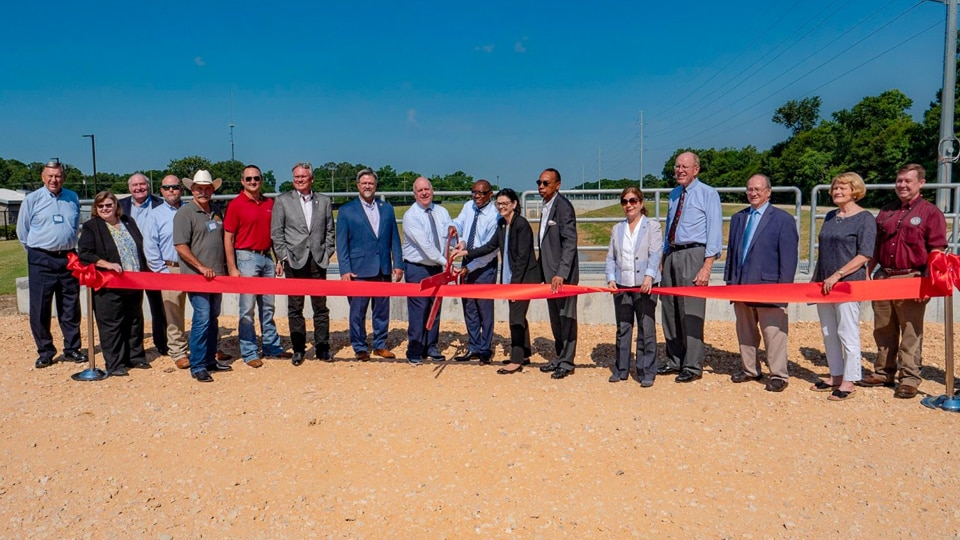
LBITP Complete
A ribbon-cutting celebration was held on June 16, 2021 celebrating […]
-
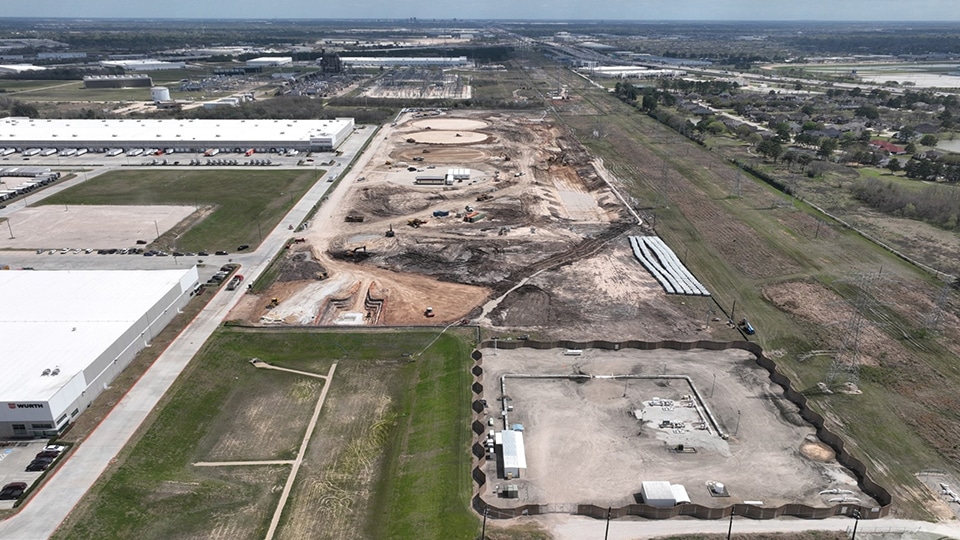
Pump stations named
The Board adopted Resolutions Naming pump stations
-
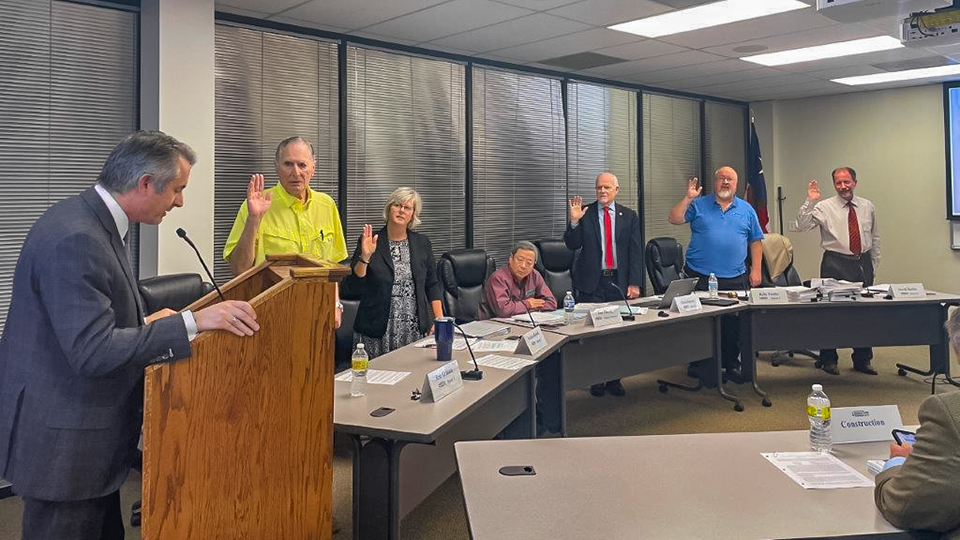
New board members sworn in
State Representative Tom Oliverson swears in the NHCRWA Board of […]
-
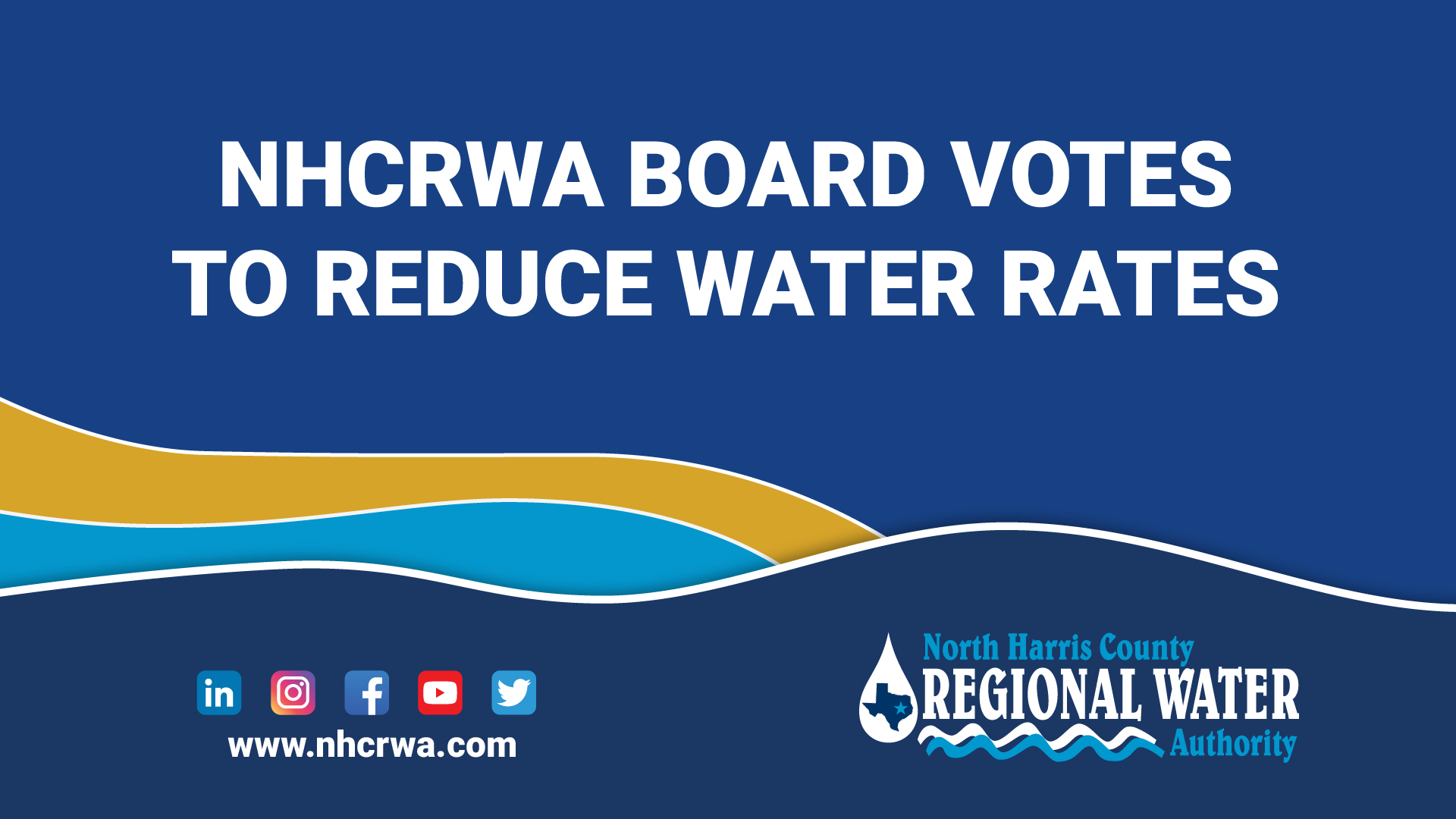
Board votes to reduce water rates
Board voted to reduce water rates for the first time in NHCRWA's history.


